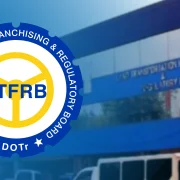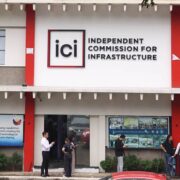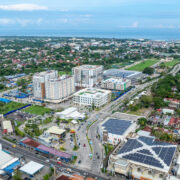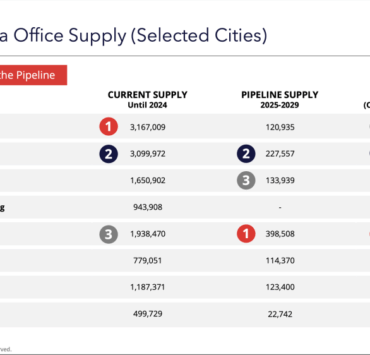New Manila International Airport positions Philippines for long-term growth
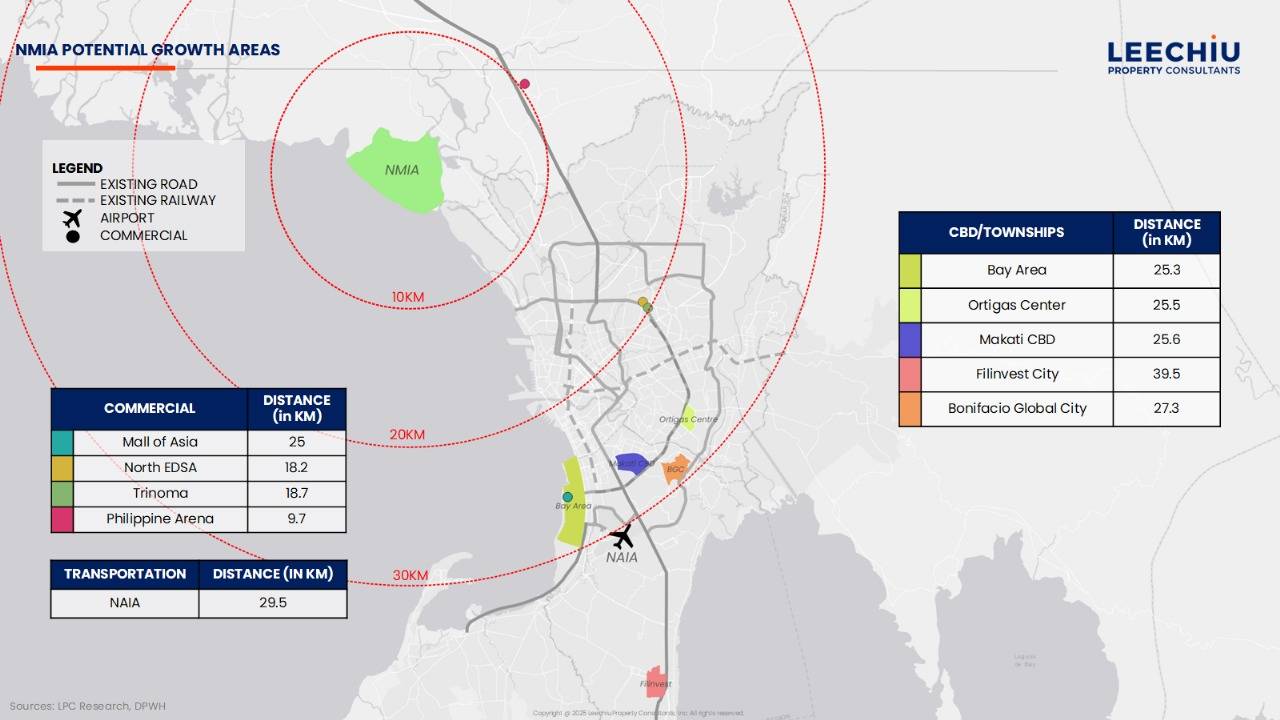
A brighter chapter is set to open for Philippine aviation.
With the New Manila International Airport (NMIA) now under development in Bulakan, Bulacan, the country is building on the momentum of aviation reforms and infrastructure upgrades—setting the stage for stronger economic growth, improved connectivity, and a better travel experience for millions.
Designed to be one of the most modern airports in the world, NMIA is expected to offer more efficient movement of passengers and cargo, complement the ongoing rehabilitation of Ninoy Aquino International Airport (NAIA), and support a new wave of regional development.
A next generation gateway
The development of NMIA is led by San Miguel Aerocity Inc. through a 50-year concession agreement with the national government.
The first phase is scheduled to begin construction in January 2026. This will include two runways, a modern terminal, and key facilities designed to serve up to 35 million passengers annually, and is expected to be completed by the end of 2028.
Once fully completed, the airport aims to handle up to 100 million passengers each year.
Complementing, easing pressure on NAIA
NMIA is being built to work alongside NAIA, which is now undergoing a P170.6-billion upgrade to improve its capacity and passenger experience.
Once the rehabilitation is done, NAIA will be able to handle up to 62 million passengers a year and manage 48 flights per hour. With both airports operating, the country will have a stronger, more reliable aviation system that can keep up with growing travel demand.
Infrastructure and connectivity
With the new airport located only 18 km from SM North Edsa and 15 km from Balintawak, it’s almost part of Metro Manila.
Good transportation access is a big part of NMIA’s design. New roads and terminals will connect the airport to Metro Manila and nearby provinces. A six-lane highway will link it to the North Luzon Expressway (NLEx), and a transport terminal will be built to serve provincial buses and other types of public transportation.
There are also proposals to extend the MRT-7 line—currently under construction between Quezon City and San Jose del Monte in Bulacan—so that it could eventually connect to the NMIA site.
If approved, this extension would make it easier for travelers from northern Metro Manila and nearby areas to reach the airport. For now, the plan remains under review and has not yet been finalized.
How air travel powers broader progress
NMIA is expected to do more than enhance air travel—it will also contribute to economic growth and the development of surrounding areas.
The project is projected to generate over one million jobs and pave the way for an airport city with dedicated spaces for businesses, residential communities, and industrial facilities.
This bigger plan highlights how the airport can help guide how land is used, bring in new investments, and make the country more competitive in tourism and trade. As more roads and facilities are built, and travel becomes easier, businesses in different industries—such as logistics, hotels, real estate, and manufacturing—are likely to look at Bulacan and nearby areas for new opportunities.
Rebuilding global confidence, reigniting tourism
For years, the country’s aviation system has carried growing demand with very limited capacity.
NAIA, which for decades is the lone international gateway for Metro Manila, is now being upgraded to meet higher standards and improve service.
The addition of NMIA—designed with modern facilities, future-ready technologies, and world-class design—marks a turning point in how the Philippines is seen by the world. It’s a major step toward restoring confidence, improving the traveler experience, and presenting the Philippines as a premier destination in the region.
Positioning for the future
Recognizing how these major infrastructure changes influence property values, development prospects, and long term investment strategies will be essential for those looking to take part in this rapidly evolving growth corridor.
As the country builds toward a more connected future, the New Manila International Airport will play a central role in driving local progress and shaping the next wave of regional development.
NMIA is not just a new dot on the map—it’s the Philippines’ runway for growth to take off. It will propel Bulacan into a prime growth area of Metro Manila, while ushering in business to nearby provinces.
Large scale investors will be drawn in with its world-class connectivity, fueling growth in years to come.
The author is the associate director and head of Research at Leechiu Property Consultants Inc.











